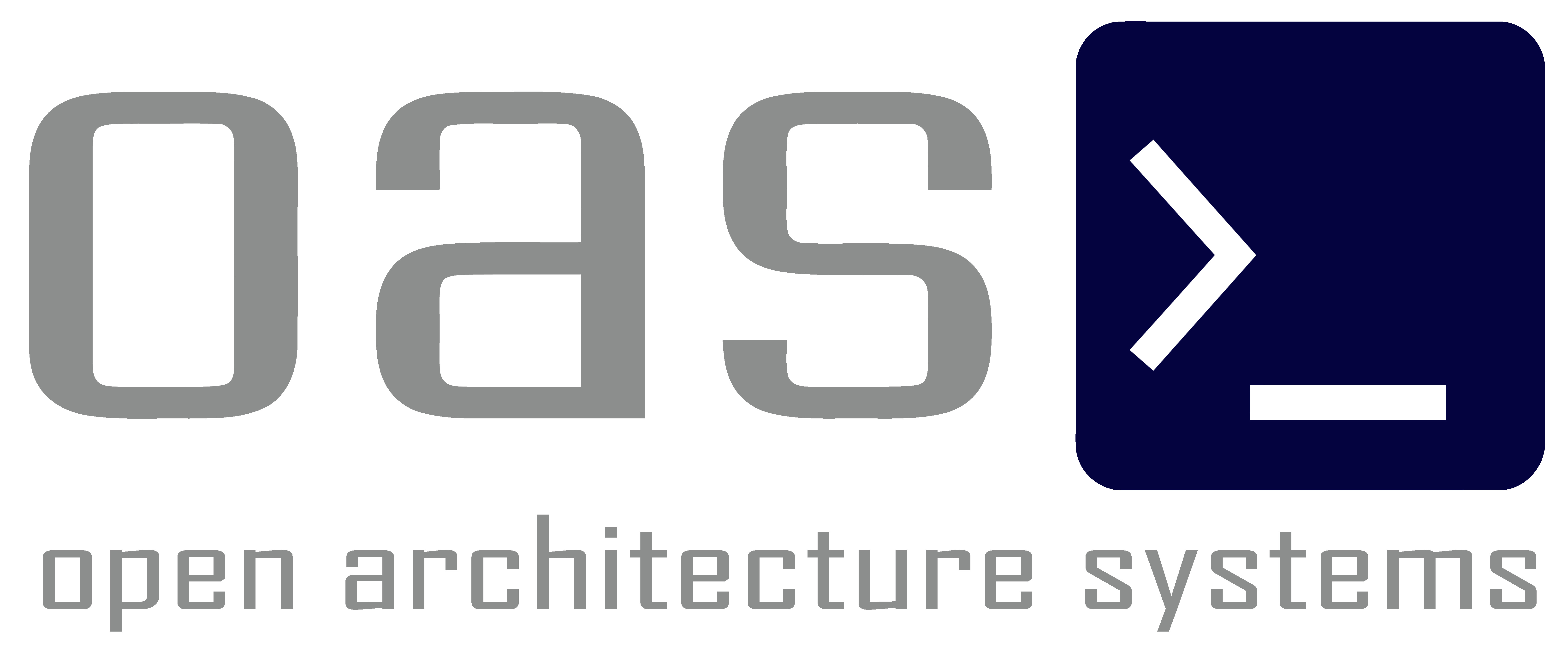The proverbial floodgates have opened to working remotely as the Covid-19 pandemic has caused companies to close their doors. This, as they gear up to enable employees to work from home.
While there’s currently a mad scramble to find ways to keep businesses running, what we’re now seeing was predicted in the early Eighties – not as a result of a worldwide health scare, but forecast as the outcome of the technological age that was taking off at the time.
Faith Popcorn first described cocooning in her book, The Popcorn Report. Cocooning is staying inside one's home, insulated from perceived danger, instead of going out. As technology improved and consumer purchasing patterns changed with the ability to make online purchases, cocooning firmly established its place in socio-economics. As a term, it has achieved common usage in marketing, social science and economic forecasting.
Evidence of home-focused behaviour became more pronounced in Popcorn's data from 1984, and by 1985 she forecast it would be a trend, not a fad. This has now become a worldwide trend inflicted as a result of Covid-19.
Locally also, companies have already taken drastic steps since President Cyril Ramaphosa’s statement announcing measures to curb transmission, with businesses closing their offices and enabling employees to work remotely, and allowing clients to interface with them from their home or workplace.
This is all well and good, but no one could have foreseen the sheer scale of demand for remote working that Covid-19 created overnight. Explains Desiree Gaddie, sales manager for Open Architecture Systems: “Take, for example, a client of ours that already has several thousand remote users. We are now immediately called upon to meet the urgent demand to drastically increase the number of this client’s employees working remotely.
“The key concern we have right now is how to enable seamless workforce productivity, giving employees the flexibility to work from anywhere, all while keeping corporate apps and information secure and, in the current evolving global crisis, ensuring the health, safety and productivity of their employees.”
Gaddie says that effective business continuity planning means being prepared for any disruption, minimising the impact of this on people and the IT resources they rely on. “It is vital to scale up a safe and productive work environment,” she says.
Prior to Covid-19, the benefits of having remote workers went beyond simply having cheaper office space. It has been found that it can increase productivity and lower employee turnover, although there are still further studies that need to be taken to establish credible statistics.
Other benefits include cutting commuting, which in turn has positives for infrastructure and the environment, the latter already showing recovery in areas of China and Italy. There is improved employee retention and access to a wider pool of freelancer and consultative skills. Applying better use to technology also drives the benefits.
Gaddie stresses, however, that any remote solution a business is considering deploying has to have a foundation in top-notch security. “Companies using the cloud and other means to enable employees to work remotely must consider how it intends to make sure connecting to their secure servers still protects data from theft, both from inside and outside the company and from the other forms of cyber attack.
“Devices need to be locked down when there is any breach of a firewall. Access control and user permissions must be set up so that only the relevant people have access to data, and there must be systems that flag and alert when security is breached.”
Covid-19 notwithstanding, terrorist attacks such as 9/11 had already intensified cocooning. Fear and available technology to enable isolation from the outside world has resulted in such developments as frozen foods, designer home-wear and the invention of the La-Z-Boy reclining chair. ‘Super cocooning’ has resulted from wireless Internet connectivity for work and entertainment.
The remote worker is just the beginning, and with consumers becoming immersed in their own digital worlds, questions into the future – when this pandemic threat has passed – will include how the world will deal with the new trend in decreased social tolerance and trust.
Share
